Adare Manor: The golf course that dreams of being the Irish Augusta
Augusta National Golf Club is one of the sporting world's greatest treasures. It's also the model on which Adare Manor, near the charming Irish city of Limerick, is being recreated – and a very fine job they're doing, says Toby Keel.
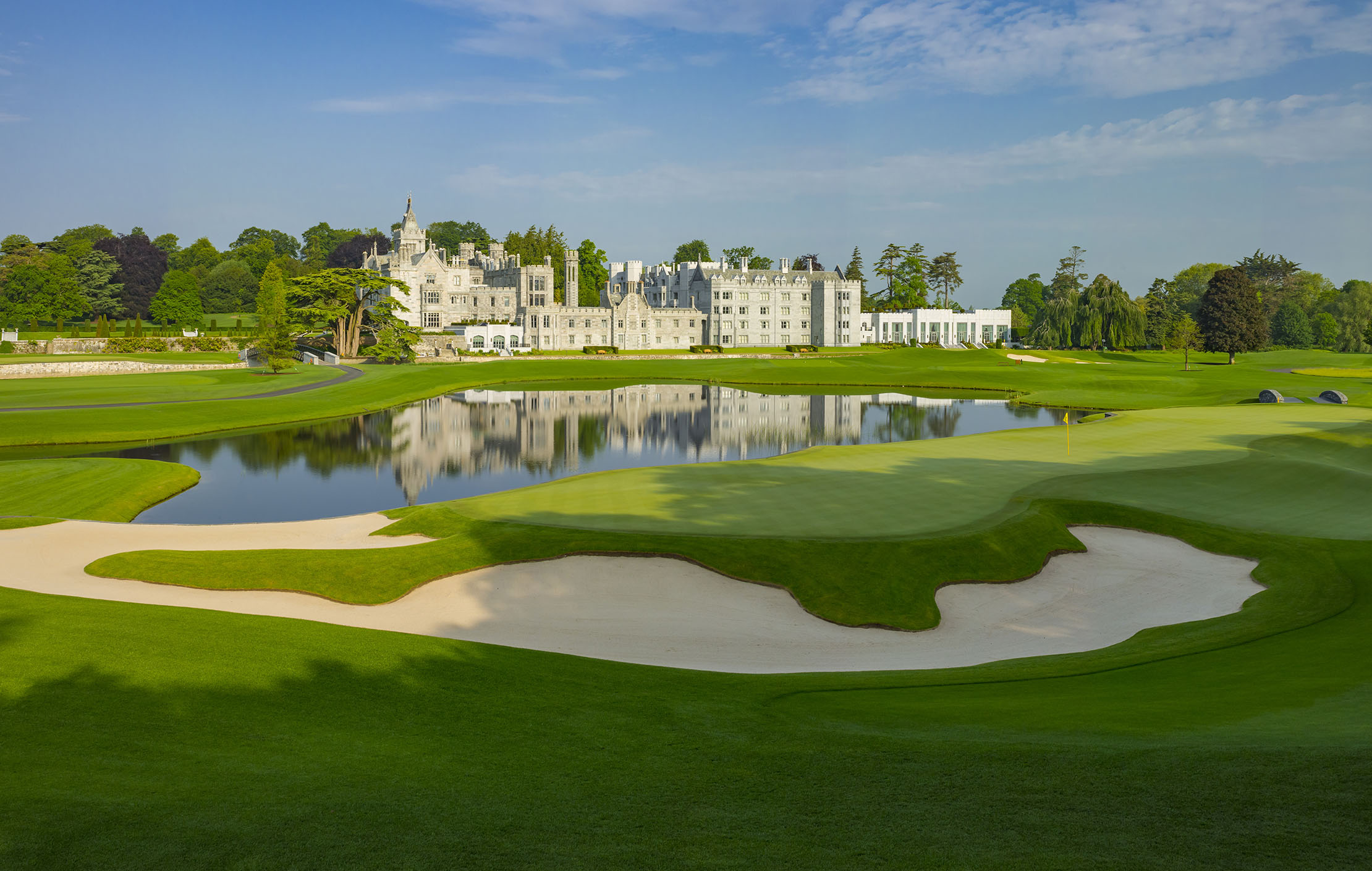
Every year at the start of April, the eyes of the sporting world turn to Augusta National Golf Club, in Georgia. The Masters Tournament isn’t the first event of the year, but for all but the diehard golf fan it represents the first event that people sit up and pay attention to.
The reasons for this are manifold: the outstanding beauty of the course, the excellence of the field, the fact that it’s on television (at least in the UK) at a time that couldn’t be more perfect for relaxed evening in front of the television.
There’s one other ingredient, however. The fact that the tournament is held in the same place each year gives it a wonderfully comforting familiarity; with each passing year of TV watching you get to know the place a little better, while still wondering at the incremental changes made by the club to change things up a little. It’s like bumping into an old friend, feeling the warmth of their company while noticing the odd new wrinkle or spring in their step.

There’s just one downside to all this: while most golf courses are easy to visit, and even play, getting to Augusta yourself is a hellish task. Even as a spectator it's a near-impossibility, unless you have extraordinarily well-connected friends or extremely deep pockets. And if you want to play the course, only the former will be good enough.
Thus it is that for all the joy it brings, the Masters also includes a bitter little tang of longing and frustration, a perennial flirtation that never quite sparks into an affair.
How, then, can a golfer wishing to taste Augusta’s pleasures manage to enjoy the next best thing? There are options out there: courses with ‘tribute’ holes, courses with similarly undulating landscape and, perhaps best of all, courses laid out by Augutsa’s architect, Dr Alister Mackenzie. Indisputably one of the masters of his craft, Mackenzie started life as a GP from Leeds who turned to course design after winning a design-a-golf-hole competition in Country Life magazine. He created many courses around the world and re-modelled countless others, though none are more famous than Augusta.
Yet while many of Mackenzie’s courses demonstrate design ideas also used Augusta, they generally don’t share the most instantly-recognisable trait of Augusta: its absolutely immaculate conditioning. Golf commentator Peter Alliss has spent half a century visiting the venue and has still yet to find a weed, despite trying in earnest every April. Fighting so hard to keep nature in line across a couple of hundred acres of land needs truly staggering resources, and where most golf courses have a handful of greenkeepers, Augusta has a small army. You’d need to be a golf-obsessed billionaire to even contemplate trying to replicate such a set-up anywhere else in the world.
Sign up for the Country Life Newsletter
Exquisite houses, the beauty of Nature, and how to get the most from your life, straight to your inbox.
Ireland, it turns out, has just such a man: J. P. McManus. The Irish magnate, who grew up in nearby Limerick, bought Adare Manor a few years ago and has since spent hundreds of millions of pounds refurbishing both the hotel and the course itself. He hired course architect Tom Fazio — arguably the Mackenzie of his age — to redesign the course, and has a greenkeeping staff of 50 to keep it pristine. By way of comparison the Old Course at St Andrews has 14 full-time greenkeepers but Adare Manor aren't done yet: 'they're trying to recruit more' I was told by one of the caddies during my visit.

The result is a golf course that’s as immaculate as imaginable in a location in the west of Ireland. The fairways here are as perfect as the greens are at most courses, while the putting surfaces themselves are like finely-woven carpets. Just like the real Augusta there’s almost no rough to speak of, so you’ll almost always have an escape route if you stray off line. Yet you're left in no doubt that accuracy is needed to find the right lines down fairways that weave between huge, white bunkers and towering trees. It's consistently challenging without ever feeling batteringly penal.
For those looking to build a great score, only the finest golf will do since Fazio has built greens and surrounds that are for the most part raised above the level of the surrounding fairways, bunkers and rough. A purely-struck shot will find the putting surface put anything less is destined to roll away, meaning that a superb short game is essential to coming off the course with handicap intact.
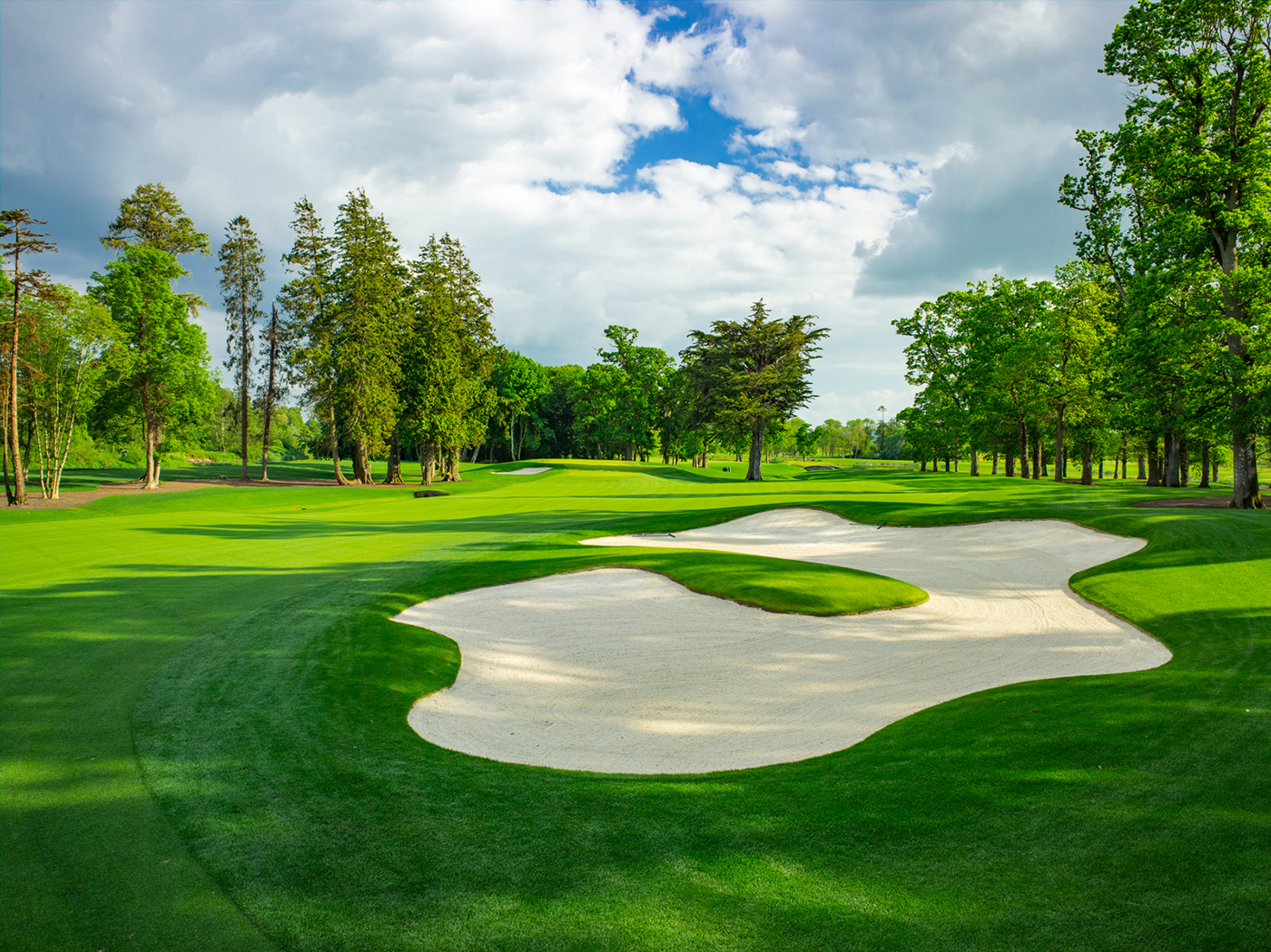
All that said, there’s one thing that Augusta has which simply can’t be replicated by a would-be imitator: the landscape itself. I was lucky enough to visit a few years back and what slaps you in the face is the overwhelming enormity of the elevation changes everywhere you look. Stand in front of the club house and the 10th hole stretches out before you more like a ski slope than a fairway, and even holes which seem fairly flat on the television — such as the 1st — have huge hills which would be a talking point at most other venues.
Adare Manor does have a few such rollingly-beautiful holes – notably on the back nine, and particularly with regard to the genuinely magnificent 13th and 17th holes – but they’re the exceptions rather than the rules. That’s fine, though, and exactly as it should be: this is pastiche rather than imitation, a golf course proud of its own DNA rather than a Stars In Their Eyes imitation, like one of those locations that slavishly tries to shoehorn famous designs into a landscape that doesn't fit them.
It also makes Adare Manor rather more playable than Augusta for the average Joe, which is never a bad thing – particularly for a club whose bread and butter will come from well-heeled visitors. Mackenzie himself used to say that the mark of a great hole is that it should be enjoyable for every calibre of golfer, something which the powers that be at Augusta occasionally forget as they seek to protect their course from the world's best.

Beyond that, Adare Manor has something that Augusta can’t hope to emulate: a spectacular castle overlooking the lake that abuts the 18th and 15th holes. It also has something else even more precious: an open-door policy which means that, while expensive — and the €300+ green fees are the highest in Ireland — nobody is barred from crossing this threshold to play.
And should they stay at the resort while do so, they'll find a hotel that is a work of Gothic splendour, partly dating to the 19th century but extensively added to in the last few years. The result is a bold and rather marvellous creation, a building for which the word 'Manor' no longer seems quite grand enough.
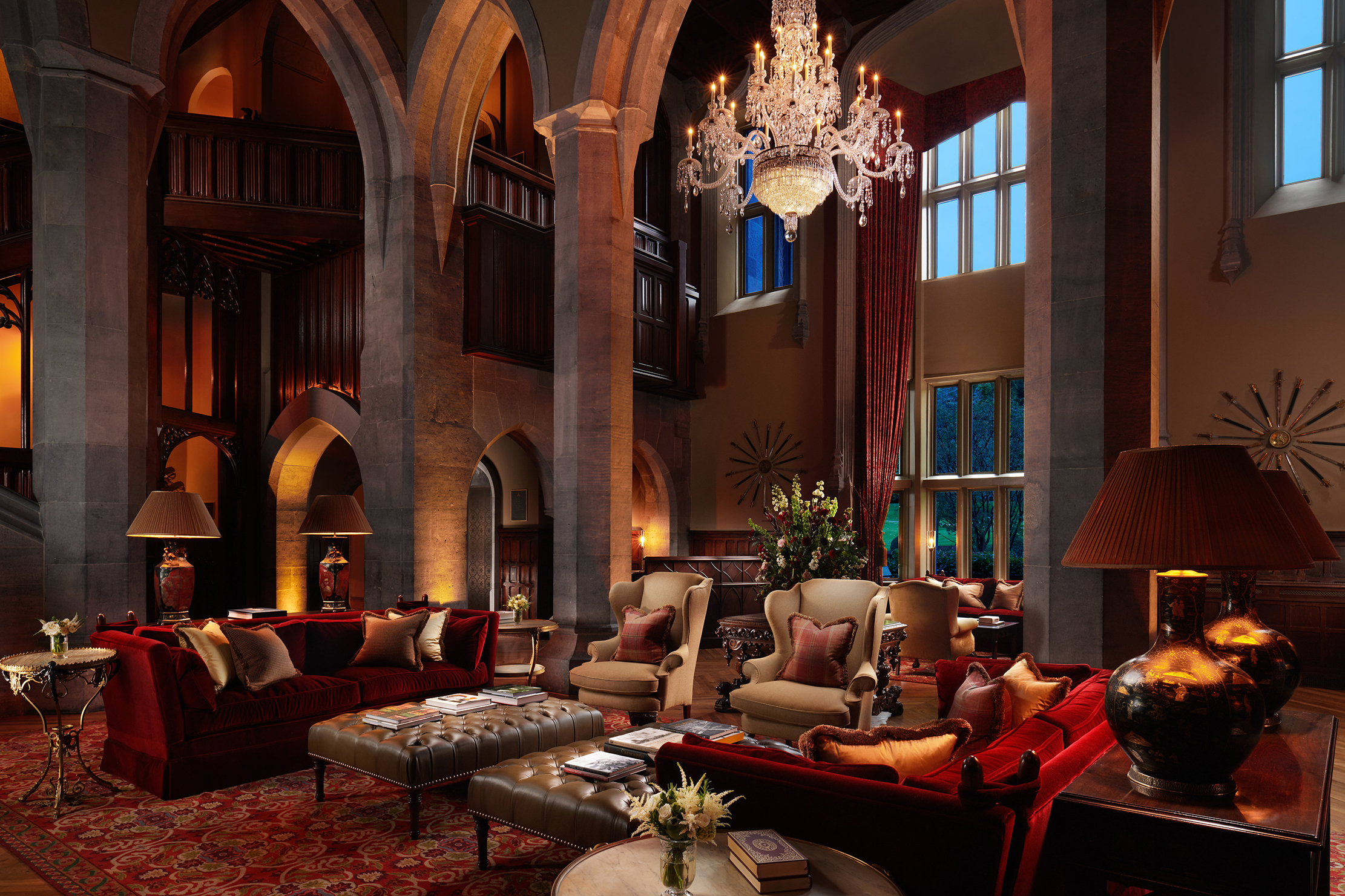
Inside, the building is equally fine – the pictures speak for themselves – and the food we had after the round was sensational, with the passion of Adare Manor's head chef Mike Tweedle for Irish produce clear to see. Rumours have been flying that Adare Manor is one of the hot favourites to host the Ryder Cup in 2026. Should that go ahead, the world's best golfers will have as fine a time of it at as they're used to enjoying each year at Augusta.
Green fees at Adare Manor are around €340 depending on season; hotel rooms start from just under £300 in low season. See www.adaremanor.com for more details. You can also find out more about other golf courses in the area at the www.ireland.com/golf website.

How Country Life launched the career of Alistair Mackenzie, the architect who created Augusta National's iconic golf course
Alister Mackenzie, the golf course architect who created Augusta National Golf Club, was a GP with an enthusiastic sideline in
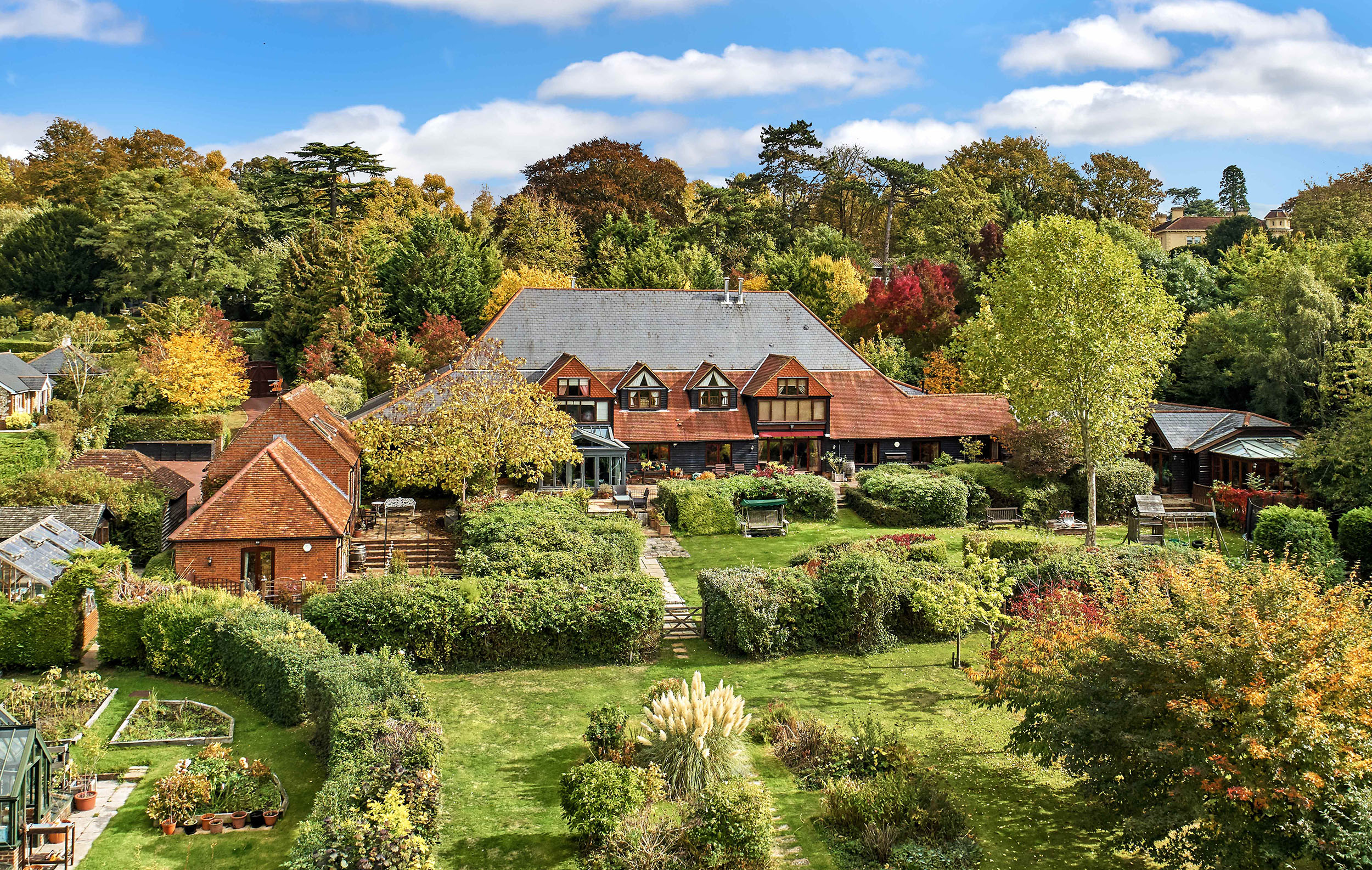
Credit: Strutt & Parker
Inside the Hollywood A-lister's mansion which has come up for sale in Surrey
The word 'legend' is bandied around all too frequently these days, but the man selling this home in the Surrey
Toby Keel is Country Life's Digital Director, and has been running the website and social media channels since 2016. A former sports journalist, he writes about property, cars, lifestyle, travel, nature.
-
 Ford Focus ST: So long, and thanks for all the fun
Ford Focus ST: So long, and thanks for all the funFrom November, the Ford Focus will be no more. We say goodbye to the ultimate boy racer.
By Matthew MacConnell
-
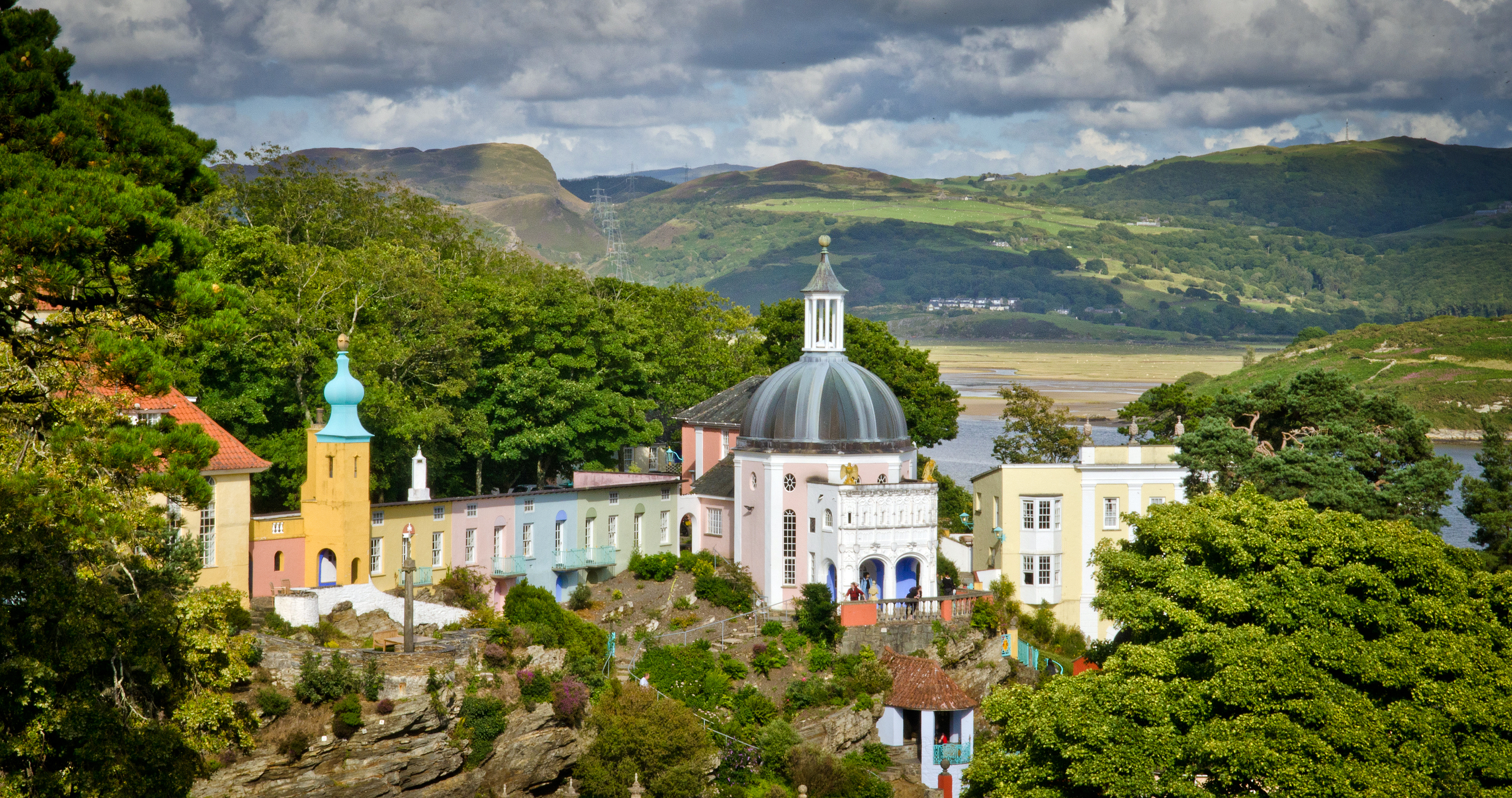 ‘If Portmeirion began life as an oddity, it has evolved into something of a phenomenon’: Celebrating a century of Britain’s most eccentric village
‘If Portmeirion began life as an oddity, it has evolved into something of a phenomenon’: Celebrating a century of Britain’s most eccentric villageA romantic experiment surrounded by the natural majesty of North Wales, Portmeirion began life as an oddity, but has evolved into an architectural phenomenon kept alive by dedication.
By Ben Lerwill
-
 Curious Questions: Why do golf balls have dimples? And why are tennis balls furry?
Curious Questions: Why do golf balls have dimples? And why are tennis balls furry?As the weather picks up, millions of us start thinking about dusting off our golf clubs and tennis rackets. And as he did so, Martin Fone got thinking: why aren't the balls we use for tennis and golf perfectly smooth?
By Martin Fone
-
 How Country Life launched the career of Alistair Mackenzie, the architect who created Augusta National's iconic golf course
How Country Life launched the career of Alistair Mackenzie, the architect who created Augusta National's iconic golf courseAlister Mackenzie winning golf hole design.
By Roderick Easdale
-
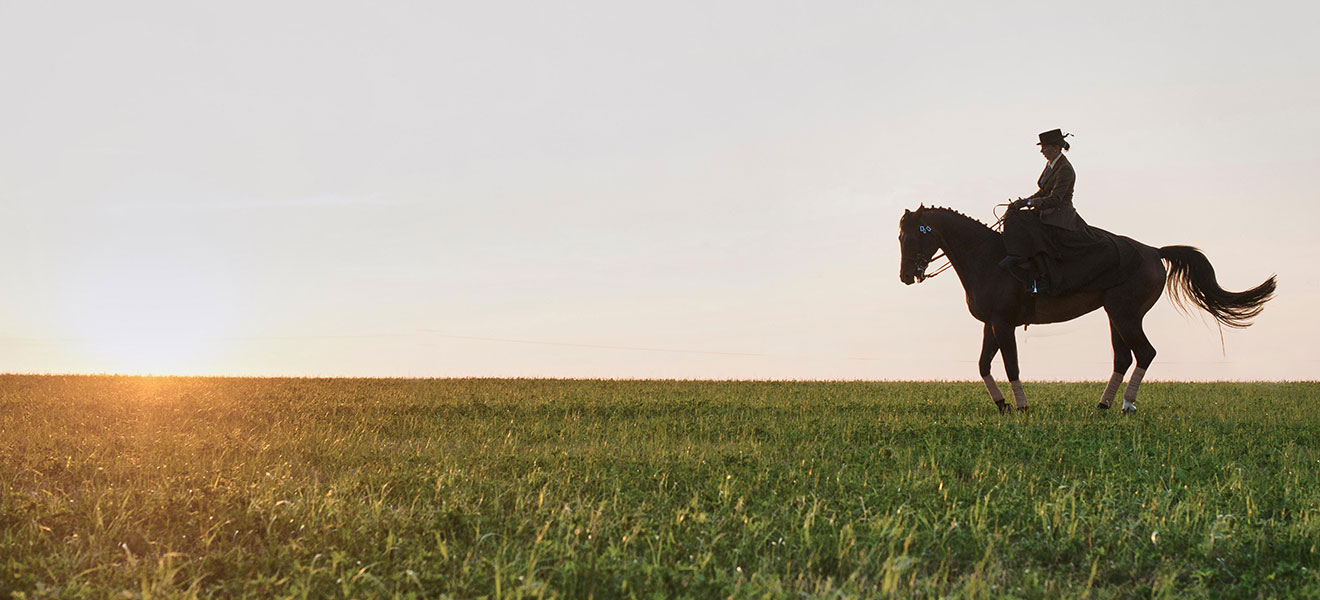 Dressage: How 'horse dancing' evolved from ancient, deadly beginnings to modern Olympic glory
Dressage: How 'horse dancing' evolved from ancient, deadly beginnings to modern Olympic gloryThere can be no short cuts to success in dressage. The Ancient Greeks’ sympathetic methods of training horses, which were all about survival in battle, should still hold good in today’s widespread embrace of the Olympic sport, as Pippa Cuckson explains.
By Concours of Elegance
-
 Inspired by Wimbledon? Expert tennis tips to help brush up a rusty game
Inspired by Wimbledon? Expert tennis tips to help brush up a rusty gameWith Wimbledon in full swing, it's the time of year when often-deserted tennis courts are suddenly teeming with players.
By Toby Keel
-
 How to win at board games, from Monopoly and Cluedo to Scrabble and Snakes and Ladders
How to win at board games, from Monopoly and Cluedo to Scrabble and Snakes and LaddersAs millions of people around the country are set to have an enforced period at home, it'll be time to bring out the classic board games. But how can you make sure you beat the kids? Luck helps, but tactics are better as Matthew Dennison explains.
By Country Life
-
 Six Nations 2020: England's chance to bounce back in style from World Cup disappointment — but they're very far from unstoppable
Six Nations 2020: England's chance to bounce back in style from World Cup disappointment — but they're very far from unstoppableEngland look set to absolve their World Cup disappointment by lifting the Six Nations crown, says Owain Jones, as he gives his team-by-team guide ahead of the contest that kicks off on Saturday.
By Toby Keel
-
 Why the Penny Farthing is once more a frequent sight on the streets of London
Why the Penny Farthing is once more a frequent sight on the streets of LondonThe dinosaur of the bicycle world is back in the spotlight with the help of the Penny Farthing Club and its intrepid members.
By Country Life
-
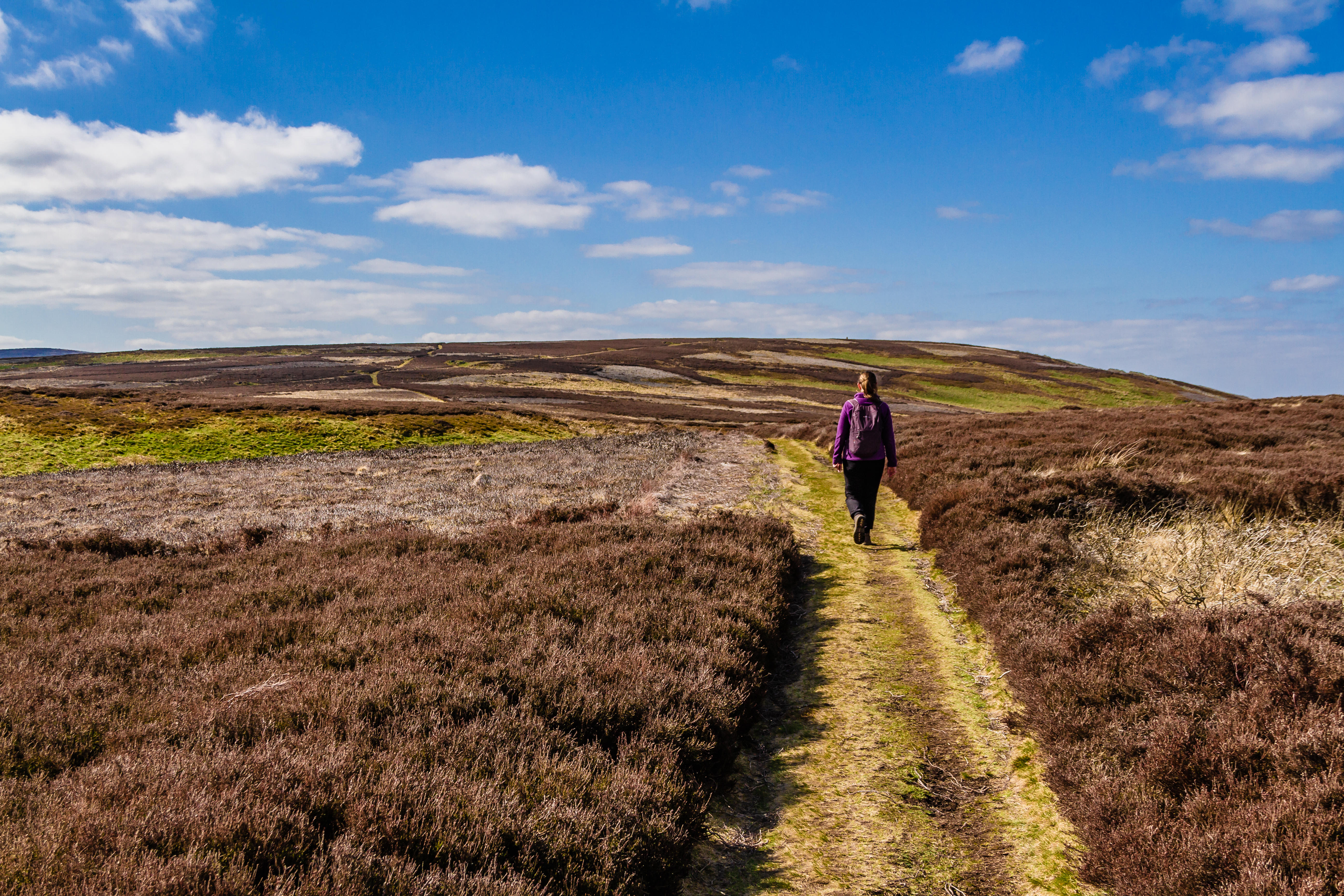 Walking St Cuthbert's Way in late summer: Heather in late-summer emperor’s purple, lit up by the last burst of warmth
Walking St Cuthbert's Way in late summer: Heather in late-summer emperor’s purple, lit up by the last burst of warmthThe Cheviots and St Cuthbert’s Way are the right setting for reflection and remembrance, as Fiona Reynolds finds on her latest walk.
By Fiona Reynolds
